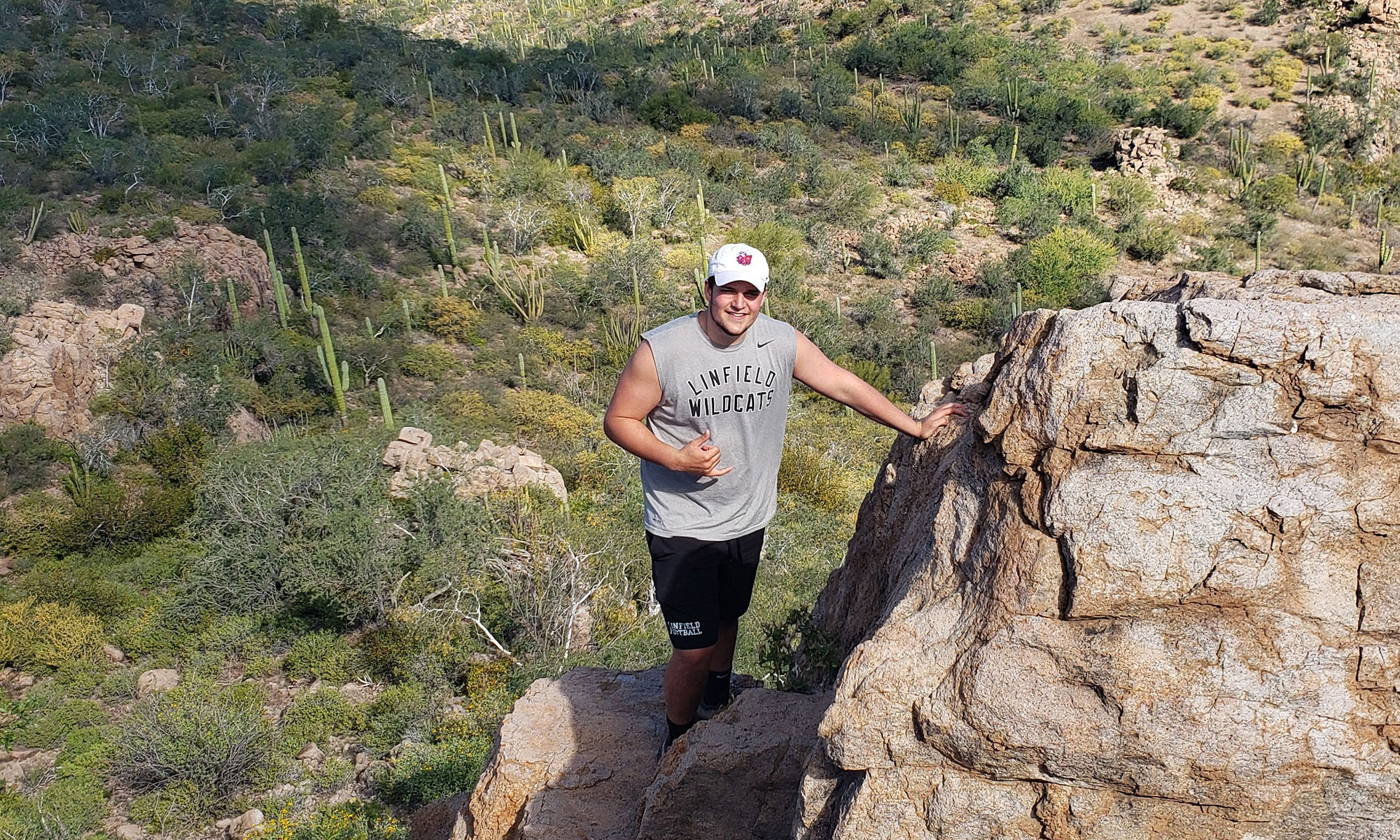Eight hours, over 15 miles and one slip in the mud later and I had conquered a world class hike in one of the Earth’s most stunning and remote natural landscapes.
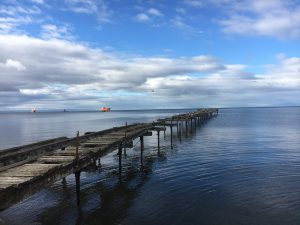
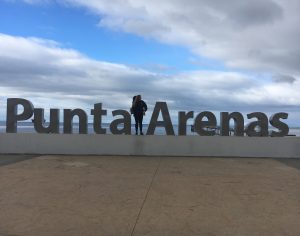
Patagonia’s rolling green hills, light blue lakes and random flocks of sheep, ostriches and horses attract over 100,000 tourists every year to this relatively unpopulated piece of land. The Chilean side includes iconic landmarks such as the Tierra del Fuego, the strait of Magellan and the famous Torres del Paine national park. We hiked to the base of the natural mountain towers and back down in just a day, while some others did longer five or ten day hiking and camping circuits in the park.
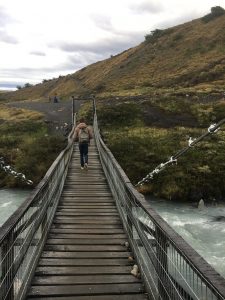
Although the scenery in the park was breathtakingly beautiful, the people I met on the trail and in the hostels really embellished my experience in Patagonia.
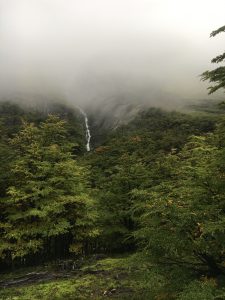
First we met Tom and Gina in the Puerto Natales hostel kitchen, recent university graduates traveling through South America to procrastinate starting their careers in England. She had blonde hair that fell mid way down her back and kind blue eyes, wore oversized “boyfriend” t-shirts with leggings, and offered to make us dinner after our hike to the towers. He stood tall and wore a backwards “Chilean Patagonia” ball cap atop his shoulder-length, flowy hair. He was both gregarious when speaking but also attentive when others were. They told us they were kind of “stuck” in Chile for longer than expected after getting their phones and passports stolen at the beach one day, but they were still laughing and taking advantage of their time in the Patagonia region.
Reading by the stove sat 18-year-old Thad, one of the keepers of the hostel. He only has three months until his high school graduation in Flagstaff, and since he’s already completed all his required credits he decided to travel in the meantime. At first he came to Patagonia to travel and then planned on going home soon after, but asked if he could stay at the hostel to work for a few more months and the owners let him. Both days we were there he wore his brown cargo shorts, beige wool sweater, black anklet and his wispy hair disheveled. He had an innocent and curious smile, and showed a lot of interest in everybody’s backgrounds and reasons for finding themselves here in Chile.
Then there was Gabriella, whose black hair matched her black eyeliner and hoop nose ring. She spent her first 21 years growing up in Mexico but has now been in Los Angeles for six. She was on a solo trip through South America with loose plans and an open mind toward new cultures. We met in the hostel and then ran into each other at the top of the Torres del Paine, where her slight figure seemed to almost blow away in the wind. We ate dinner together that night when we returned to our hostel, and I realized that with a group she spoke softly but when we got to talking our conversation topics were endless and her voice more firm.
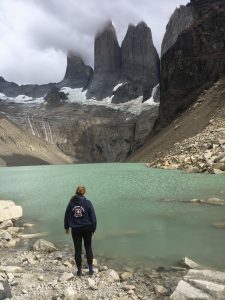
Perhaps it was because I knew it was my last big adventure before going back home, but this time I seemed to notice the people almost more than the landscape. That’s also one thing I’ve learned about my time here and my travels: more than every new place I’ve been and every new sight I’ve seen, the people I’ve met have determined the outcome of my trips. And the people of Patagonia were a different kind of precious.
Nos vemos a la vuelta,
Camille
